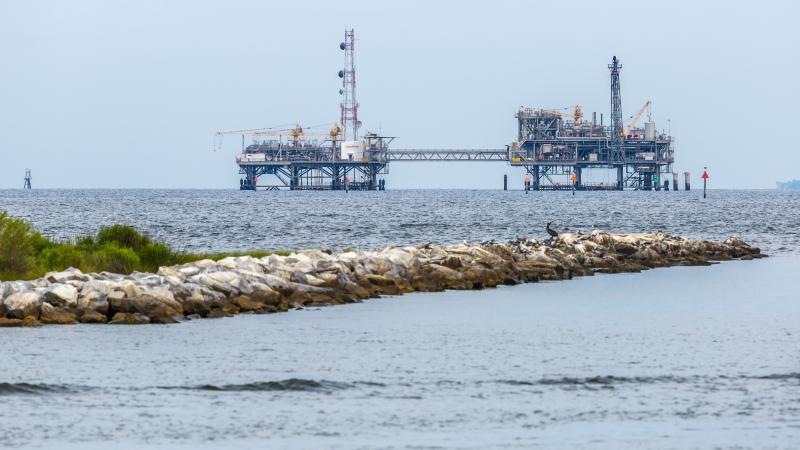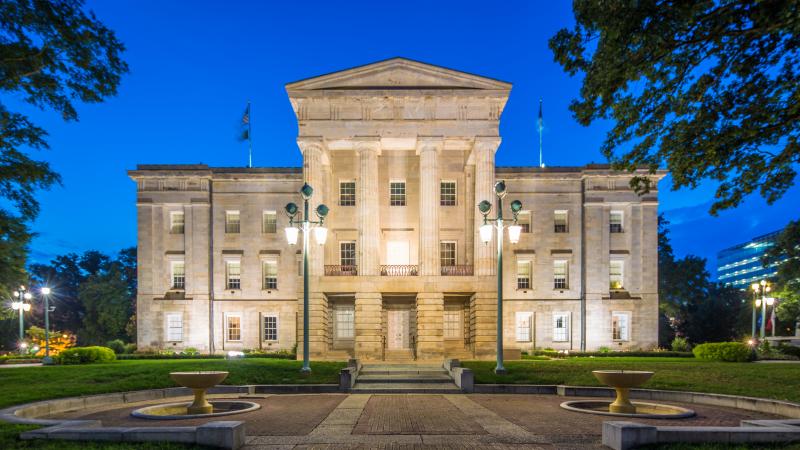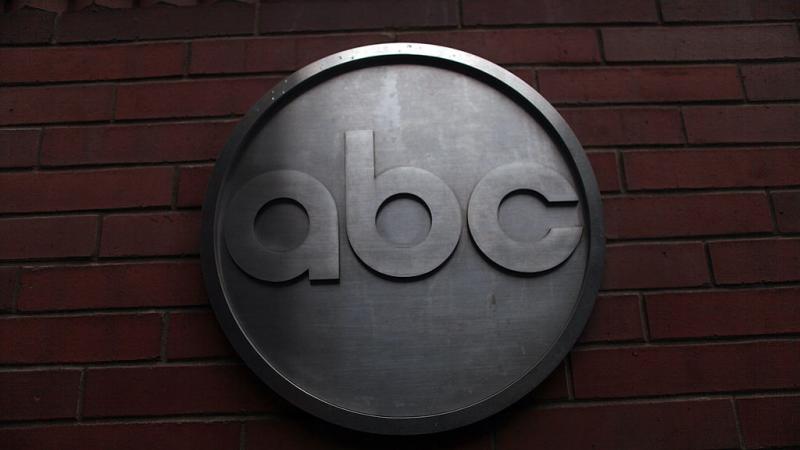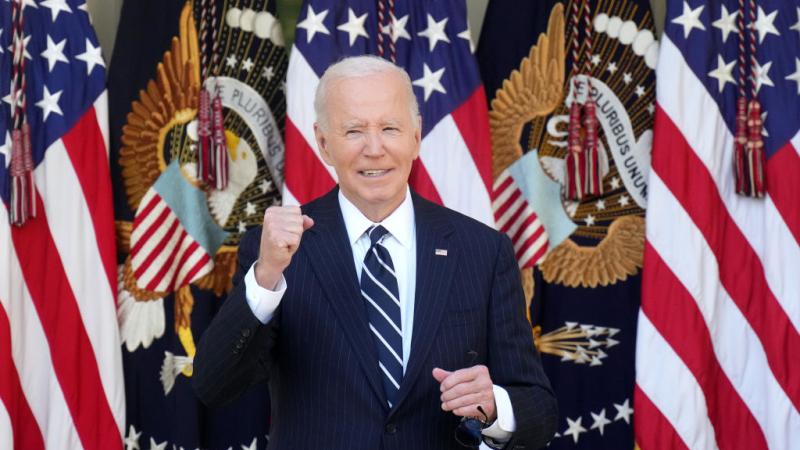FERC accepts Gulfstream LNG application for Plaquemines terminal
Construction is expected to begin in mid-2027, pending regulatory approvals, with LNG production targeted for January 2030.
(The Center Square) -
(The Center Square) − Gulfstream LNG is proposing a major liquefied natural gas export terminal along the Mississippi River in southeast Louisiana, with the Federal Energy Regulatory Commission accepting the company’s application, advancing it into the certificate review phase that will determine whether construction can proceed.
Construction is expected to begin in mid-2027, pending regulatory approvals, with LNG production targeted for January 2030.
According to the company’s application, Gulfstream aims to source natural gas from prolific U.S. shale plays including the Permian, Haynesville, Eagle Ford, Barnett, and Marcellus basins — regions estimated to contain over 500 trillion cubic feet of recoverable reserves.
The project — planned for a 418-acre site near Belle Chasse, with more than two miles of frontage on the Mississippi River — would export up to 4 million tonnes per year of LNG, equivalent to roughly 700 million cubic feet per day of natural gas. FERC’s acceptance marks the end of the pre-filing process and the beginning of a multi-year review.
Gulfstream LNG’s proposed terminal includes three liquefaction trains with a combined gross capacity of 4.2 MTPA, two marine loading berths (one for ocean-going LNG carriers and another for barges and smaller vessels), one LNG storage tank, and an on-site power generation facility fueled by approximately 50 million cubic feet of natural gas per day.
The facility would create approximately 600 construction jobs over three years and support 60 to 80 permanent positions once operational. Gulfstream has committed to sourcing up to 20% of its workforce locally.
While the company touts economic benefits, including tax revenue and export growth, some local residents voiced concerns during recent FERC outreach events. Questions centered on potential impacts to housing availability, traffic, and water supply in surrounding communities like those near St. Jude Road.
Tribal implications were also noted. The environmental review will assess the project’s potential effects on native American tribes, though no specific findings have been published yet.
The terminal would permanently occupy 185 acres for operational infrastructure, temporarily disturb 75 acres during construction, and designate the remaining 158 acres for parking and later restoration.
The Mississippi River at the project site exceeds 50 feet in depth, supporting deep-draft LNG carriers ranging from 145,000 to 185,000 cubic meters. The terminal anticipates around 62 vessel arrivals per year — about five per month.
Gulfstream's lease agreement with Magnolia Terminal, LLC secures exclusive access to the site. The application includes 28 separate permit or approval requests across federal, state, and local agencies.
Gulfstream argues the project is in the public interest, citing U.S. natural gas production levels that outpace domestic demand. The U.S. Energy Information Administration projects domestic gas supply will grow twice as fast as consumption through 2050, supporting the case for increased exports.
Environmental arguments in favor of the project note that foreign use of LNG may displace dirtier fuels like coal and diesel, potentially reducing global greenhouse gas and particulate emissions. Gulfstream also emphasizes national security benefits tied to international trade and energy diplomacy.













